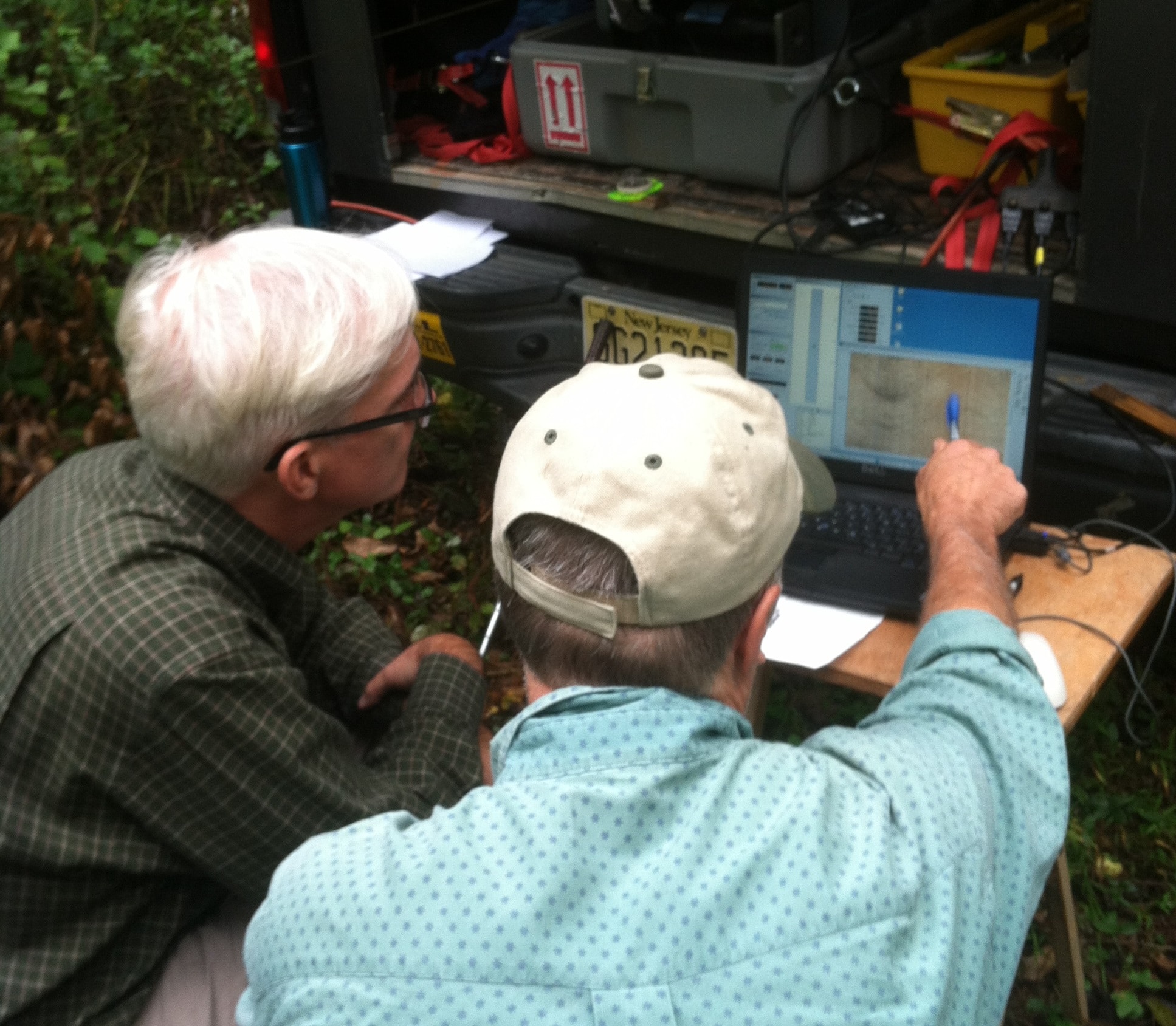
Dense, Non-Aqueous Phase Liquids are only slightly soluble and therefore do not readily flush away when spilled into the subsurface. They are also denser than water, which allows them to move under the force of gravity in directions that are often different than the the hydraulically driven prevailing flow of groundwater. Very common and nearly ubiquitous, examples include dry cleaning fluid and metal degreasing compounds.
Emerging Contaminants (defined here) are difficult challenges for industrial property owners. The site characterization approaches we apply enable understanding of the origin and extent emerging contaminants with a high level of confidence. Our understanding of their fate and transport characteristics, including the tendency for diffusion into and back-diffusion out of, low-permeability matrix materials within heterogeneous aquifers, supports appropriate remedial decision making.
Actually, most bedrock is fractured. This term is used to denote the special importance of fractures in certain aquifers as the dominant pathways for flow. Most bedrock aquifers in the old, well consolidated rocks that are present in the northeast are dominated by fracture flow. In other areas where rocks are less consolidated and cemented, flow takes place to a larger extent through the inter-granular porosity of the rock matrix itself. Where fracture flow is dominant, understanding the orientation of the fractures becomes very important when attempting to trace areas of impact from source along transport pathways to potential receptors, such as supply wells used by humans or rivers or other ecological resources like wetlands. The borehole geophysical logging services that we offer enable understanding of fracture orientations at the level of accuracy required to make such evaluations.
New Jersey’s Industrial Site Recovery Act (described here) is a law which, along with its predecessor, the Environmental Cleanup Responsibility Act of 1983, insured that risks to human health and the environment associated with legacy discharges at industrial sites are investigated and remediated when industrial operations cease or when industrial property is sold or transferred.
This class of several thousand substances (described here) include several that have begun to receive regulatory attention, with water quality standards being set hundreds to thousands of times lower than have been traditionally applied for other in organic industrial contaminants. Major game changer that is spurring re-evaluation of some previously remediated sites. Also, different from most other contaminants in that industrial discharges to the air pose risk to soil and groundwater contamination via the atmospheric deposition route. Modern life involves use of many products manufacturing using PFAS including Teflon, floor cleaners and waxes and many other consumer and industrial products. As a result wastewater discharges and landfills tend to be accumulating sources for these constituents. Their global ubiquity complicates efforts to understand their extent on industrial sites where they are used for the purpose of defining appropriate remediation.
Subsurface Vapor Intrusion occurs when vapor-forming chemicals enter into overlying structures inhabited by people. Volatile vapors usually come from plumes of groundwater contamination.